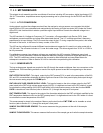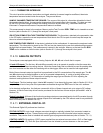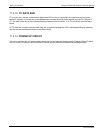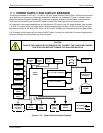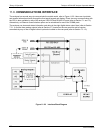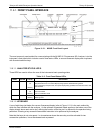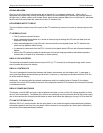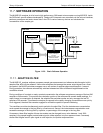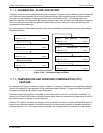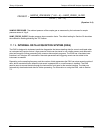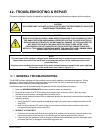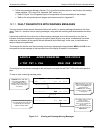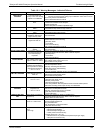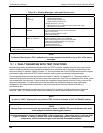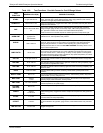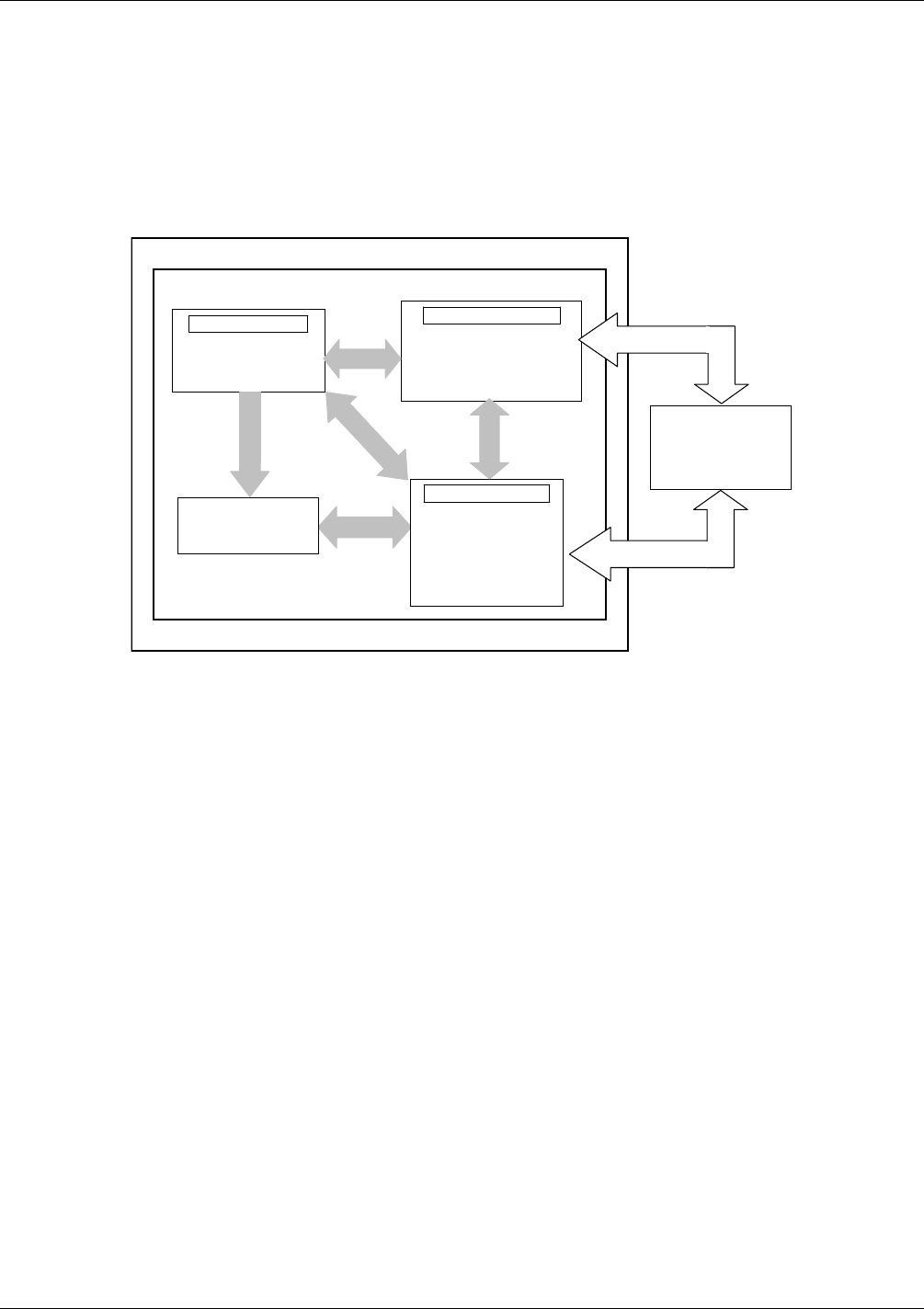
Theory Of Operation Teledyne API M100E Analyzer Operation Manual
252
11.7. SOFTWARE OPERATION
The M100E SO
2
analyzer is at its heart a high performance, 386-based microcomputer running MS-DOS. Inside
the DOS shell, special software developed by Teledyne API interprets user commands via the various interfaces,
performs procedures and tasks, stores data in the CPU’s various memory devices and calculates the
concentration of the sample gas.
DOS Shell
API FIRMWARE
Analyzer Operations
Calibration Procedures
Configuration Procedures
Autonomic Systems
Diagnostic Routines
Memory Handling
IDAS Records
Calibration Data
System Status Data
Interface Handling
Sensor input Data
Display Messages
Keypad
Analog Output Data
RS232 & RS485
External Digital I/O
Measurement
Algorithm
ANALYZER
HARDWARE
PC/104 BUS
PC/104 BUS
Figure 11-23: Basic Software Operation
11.7.1. ADAPTIVE FILTER
The M100E SO
2
analyzer software processes sample gas measurement and reference data through a built-in
adaptive filter built into the software. Unlike other analyzers that average the sensor output signal over a fixed
time period, the M100E calculates averages over a set number of samples where each sample is 1 second.
During operation, the software automatically switches between two filters of different lengths based on the
conditions at hand.
During conditions of constant or nearly constant concentration the software computes an average of the last 240
samples or 240 seconds. This provides the calculation portion of the software with smooth stable readings. If a
rapid change in concentration is detected, the adaptive filter switches modes and only averages the last 20
samples or 20 seconds. This allows the analyzer to respond to the rapidly changing concentration more quickly.
Once triggered, the short filter remains engaged for a fixed time period to prevent chattering.
Two conditions must be simultaneously met to switch to the short filter. First the instantaneous concentration
must exceed the average in the long filter by a fixed amount. Second, the instantaneous concentration must
exceed the average in the long filter by a portion, or percentage, of the average in the long filter.
If necessary, these filter lengths of these two modes may be changed to any value between 1 and 1000
samples. Long sample lengths provide better signal to noise rejection, but poor response times. Conversely
shorter filter lengths result in poor signal to noise rejection, but quicker response times.
04515F DCN6048



